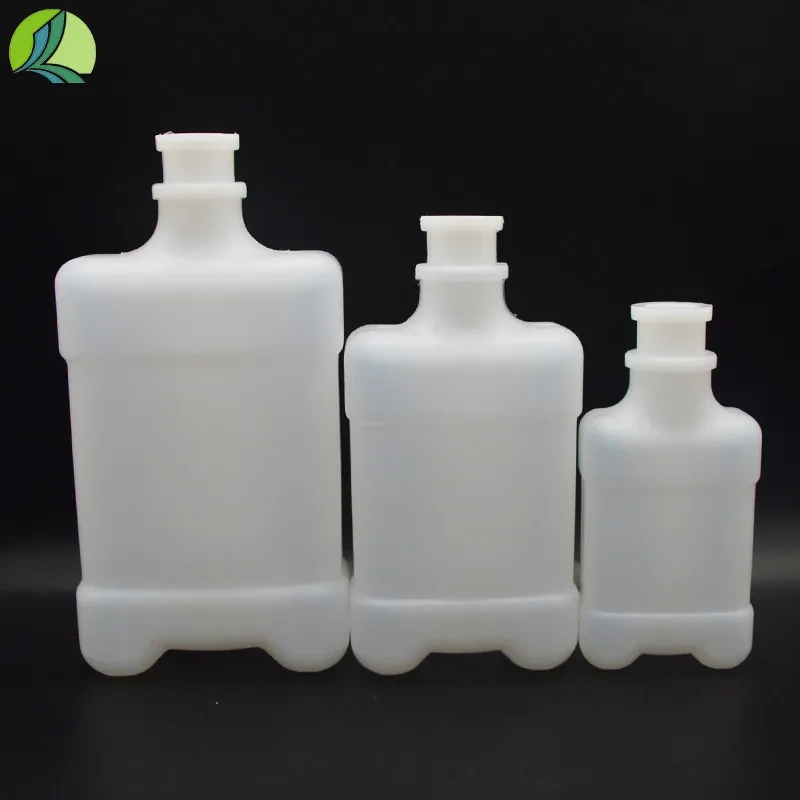Exploring the Use and Benefits of Reagent Vials in Scientific Research and Applications
Understanding Reagent Vials Essential Tools in Scientific Research
Reagent vials are indispensable components in the realm of scientific research and experimentation. These small containers are specifically designed to hold chemical reagents—substances that are used in chemical reactions, analysis, or synthesis. The proper use of reagent vials not only ensures the safety and efficiency of experiments but also plays a critical role in maintaining the integrity and quality of the substances contained within.
Design and Materials
Reagent vials come in various shapes and sizes, tailored to meet the diverse needs of laboratories. Common materials used in manufacturing these vials include glass and high-quality plastics, each chosen for their chemical resistance and durability. Glass vials are favored for their ability to withstand a wide range of temperatures and chemicals, making them ideal for handling volatile or corrosive reagents. Plastic vials, on the other hand, offer lightweight and shatterproof options, suitable for less hazardous chemicals.
The design of reagent vials typically features a secure seal—often an airtight cap or a screw top—to prevent contamination and evaporation. Some vials are equipped with graduated markings, allowing for easy measurement and pouring of liquids. Additionally, many reagent vials are designed to be compatible with automated systems, facilitating high-throughput screening in modern laboratories.
Importance in Laboratories
In a laboratory setting, reagent vials serve multiple purposes. They are used for the storage of pure reagents, samples, and solutions crucial for various experiments. The correct storage of reagents is vital to prevent degradation, contamination, or loss of efficacy, which could compromise experimental results. Proper labeling, including the name of the reagent, concentration, and date of storage, is essential to ensure that researchers can quickly identify and utilize the correct materials.
reagent vials

Moreover, reagent vials contribute to the safety protocols within a laboratory. Many reagents can be toxic, flammable, or reactive; thus, using appropriate vials minimizes the risk of exposure and accidents. Laboratories often adhere to strict guidelines on reagent handling and storage, ensuring that vials are kept in designated areas and are used in accordance with safety data sheets (SDS).
Innovations in Reagent Vial Technology
With advancements in technology, the design and functionality of reagent vials continue to evolve. Innovations such as integrated tracking systems have been developed to monitor the conditions and usage of reagents in real-time. These smart vials can help in reducing waste, avoiding overstocking of materials, and ensuring that reagents are used before their expiration date.
Furthermore, the introduction of eco-friendly materials has become a priority for many manufacturers. As environmental concerns grow, scientists are increasingly seeking sustainable alternatives to traditional plastic vials. Biodegradable options and recyclable materials are now being explored to reduce the ecological footprint of laboratory practices.
Conclusion
Reagent vials are more than just simple containers; they are vital tools that support the integrity and safety of scientific research. Their design, material composition, and proper usage are fundamental in ensuring that reagents remain uncontaminated and effective. As the scientific community continues to push forward with innovative research, the role of reagent vials is bound to expand. With ongoing advancements in vial technology and a focus on sustainability, these small yet significant tools will remain at the forefront of laboratory operations, driving discoveries and innovations for years to come.
-
Aesthetic Makeup Spray Bottles | Fine Mist Empty RefillableNewsAug.19,2025
-
White Plastic Veterinary Vaccine Vials | Lab Liquid BottlesNewsAug.18,2025
-
Plastic Medicine Liquid Bottle: Secure Flip Top Drug VialsNewsAug.17,2025
-
Durable 250ml Blue Plastic Vaccine Vial for Lab & Vet UseNewsAug.16,2025
-
Sterile Virus Sample Tubes: Secure & Reliable Specimen CollectionNewsAug.15,2025
-
White 250ml Plastic Vaccine Vial for Lab & Vet MedicineNewsAug.14,2025
























